In addition to eclecticism and a fondness for the baroque (and more on that later), we find throughout Seligmann’s work a similar insistence on the dynamic over the static, on multiple centers and foci, and on the elaborate sculpting of space, even within relatively two-dimensional surfaces. One need only witness the astounding bravura displayed in his use of centering and re-centering throughout his work.
In what was for Seligmann Moretti’s most important essay, "Structures and Sequences of Spaces,"8 Moretti analyzes spatiality in architecture with a focus on four of its many aspects: as a measurable sequence of volumes (as represented through smooth, elegant, plaster models in which spaces were constructed as solids); in terms of density as defined by the penetration of light (and modeled with simple light boxes); as the pressures exerted by one's senses on the masses that shape a structure (which often called for a comparison to other art forms); and of the expansive and compressive interrelationships between the fluid succession of a series of spaces (often illustrated with contour-like plans). If the first two of these criteria relate to calculable characteristics of a space, the second two involve psychological interpretations. Always referring to multiple media as well as time periods, Moretti might cite nineteenth century paintings, the spatial reactions of characters in a film, cathartic literary passages, and the mechanics of fluid dynamics.
Throughout his Spazio essays, Luigi Moretti proposes that an architect must always be alert to the values of every type of artistic production, and to the processes by which the architect is able to absorb these works into an architectural production through the exercise of abstraction and often fragmentation, followed by thoughtful and resourceful analysis. For Moretti, as for Seligmann, “modern” organizational principles have always been present in the visual arts, regardless of stylistic period.
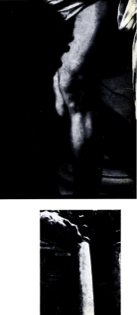
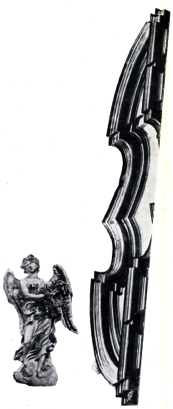
Fig 7 Examples of analysis by juxtaposition: illustration from "Abstract Forms in Baroque Sculpture," Spazio 3, comparing the gable of the church of Santi Celso e Giuliano (probably by Carlo di Dominicis) in Rome to Bernini's Angel Holding the Crown of Thorns in Sant Andrea delle Fratte in Rome; and the comparison of a leg in Caravaggio's Flagellation of Christ with a column from Martino Longhi the Younger's Church of Saints Vincent and Anastasio in Rome, from “Discontinuity of Space in Caravaggio,” Spazio 5.
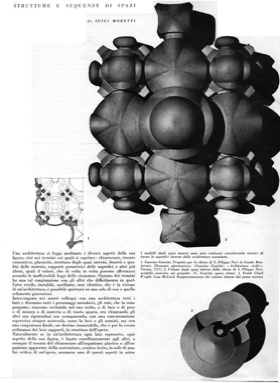
Fig 8 First Page of Moretti’s “Strutture e sequenze di spazi,” in Spazio 7, with (top) model and plan of Guarino Guarini’s project for the Church of S Philippo Neri in Casale Monferrato, as documented in 1737; and (bottom) model of the ground floor volumes of Frank Lloyd Wright’s project for the McCord House, North Arlington, New Jersey, 1948
Introduction page 6
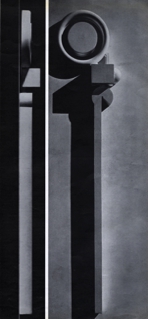
Fig 9 Two views of spatial-sequence analyses of Hadrian's Villa, Tivoli, from Spazio 7.
In Moretti’s rendition of Hadrian’s Villa, he seems to prefigure John Hejduk’s Wall Houses of the late 1960s
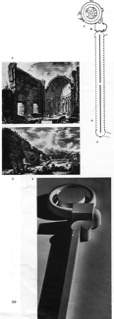
Fig 8
Fig 7
Fig 9